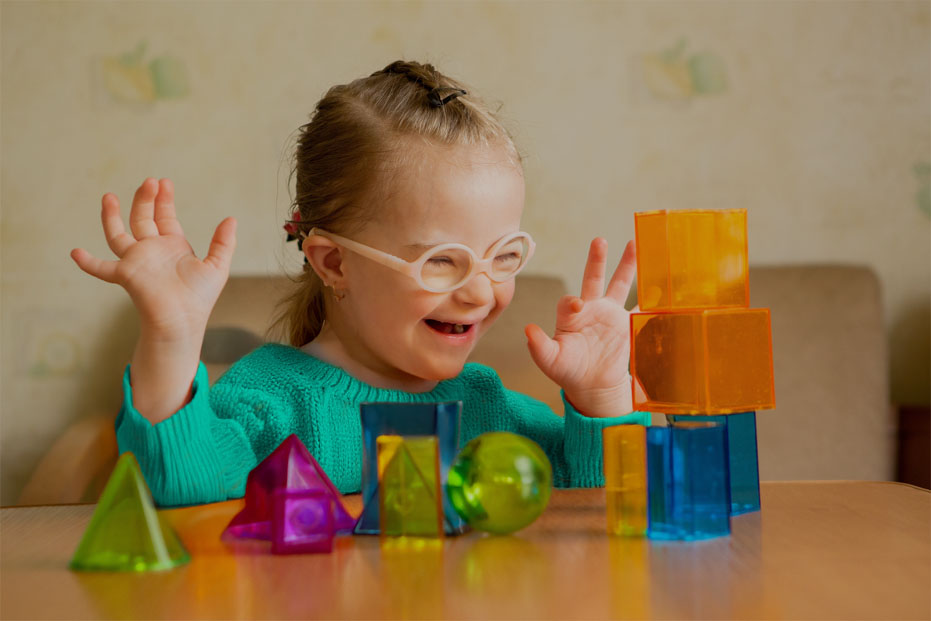Caring for a family member with special needs can feel like a full-time job. It's normal for parents and other caregivers to want to give their loved ones all they have, but everyone needs time to themselves—whether it's to go to an appointment, run errands, or simply relax.
Respite care offers you that by placing your family member in the care of another person. Although it may be difficult to step away from caring for a child, adolescent, or other family member with special needs, doing so is beneficial to you, your loved one, and your other family members.
What is Respite Care?
Respite care for caregivers is a form of temporary relief for primary caregivers of children with special needs.
It guarantees that loved ones continue to receive the care and attention they require while enabling caregivers to take a vacation from their duties. There are many different places where respite care can be offered, such as through community-based programs, care facilities, or in-home care.
Respite care isn’t just a nice plus, it’s actually a necessity. Taking care of a relative can be emotionally and physically taxing, even if you love them very much.
It’s important to occasionally take a step back to recover and rejuvenate in order to keep providing the high caliber of care your loved one requires. You can't take care of someone else well if you can't take good care of yourself.
The benefits of respite care for caregivers
- Keeps tension and exhaustion at bay
As we've already mentioned, taking care of a loved one may be physically and mentally taxing. Burnout and other detrimental consequences on your mental health can result from prolonged periods of stress and pressure without a respite.
With the help of respite care, you can avoid burnout by taking time off from caring for others to get out, unwind, or work.
- Promotes relaxation and healing
It's possible that you've been taking care of a loved one for a long time and have forgotten that you need care too. Taking a vacation from such a significant duty gives you the chance to recuperate. Your health can benefit greatly from even a brief break, something that may not be possible when you’re always taking care of a loved one.
- Avoids isolation
You’re not the only one who will benefit from a change in routine. In addition to giving you time to relax, respite care enables your loved one to spend time in a fresh setting with knowledgeable and kind caregivers. In addition to socializing with other residents who share their interests, your loved one can engage in enjoyable activities at a care facility.
- Fosters stronger bonds with others
Taking care of someone with special needs can put stress on your relationship and result in unintentional feelings of resentment, anger, and upset. By keeping these difficult emotions at bay, or preventing them from ever developing, respite care can improve relationships.
- Guarantees that you can attend to other crucial matters
Taking care of a loved one requires a lot of time, which may cause other obligations to be neglected or postponed. When you receive respite care, you can concentrate on yourself and other facets of your life, catching up on important tasks and nourishing other relationships. .
- Increased caregiver resilience
A caregiver's resilience may rise when they receive regular breaks from respite care. Caretakers can feel less anxious and more empowered to handle their everyday obligations when they know there’s trustworthy support accessible.
The Quantity of Respite Care Required to See Benefits
The specific needs of each family determine how much respite care is needed. While some families might benefit from a few respite hours for caregivers once a week, others might require longer or more frequent breaks.
To figure out how much respite care is right for the caregiver and the child, it is critical to evaluate their individual requirements.
How Hamaspik Can Help
For families in Kings County, New York, taking care of a loved ones with special needs, Hamaspik is an invaluable resource. To assist families and guarantee that their loved ones receive the finest care possible, Hamaspik provides a variety of services, including respite care. The respite they provide comes in many forms: after-school programs, legal holiday trips, and even overnight stays at Lighthouse — our beautiful oceanside respite home.
Respite care has the potential to greatly improve the well-being of the entire family by giving caregivers much-needed relief, fostering better family dynamics, and guaranteeing that children receive high-quality care.

 OPWDD Guidance
OPWDD Guidance Family Support
Family Support Services for Children
Services for Children Services for Adults
Services for Adults Services for Children 0-3
Services for Children 0-3 Adult Acute Care
Adult Acute Care











.png)



.png)











